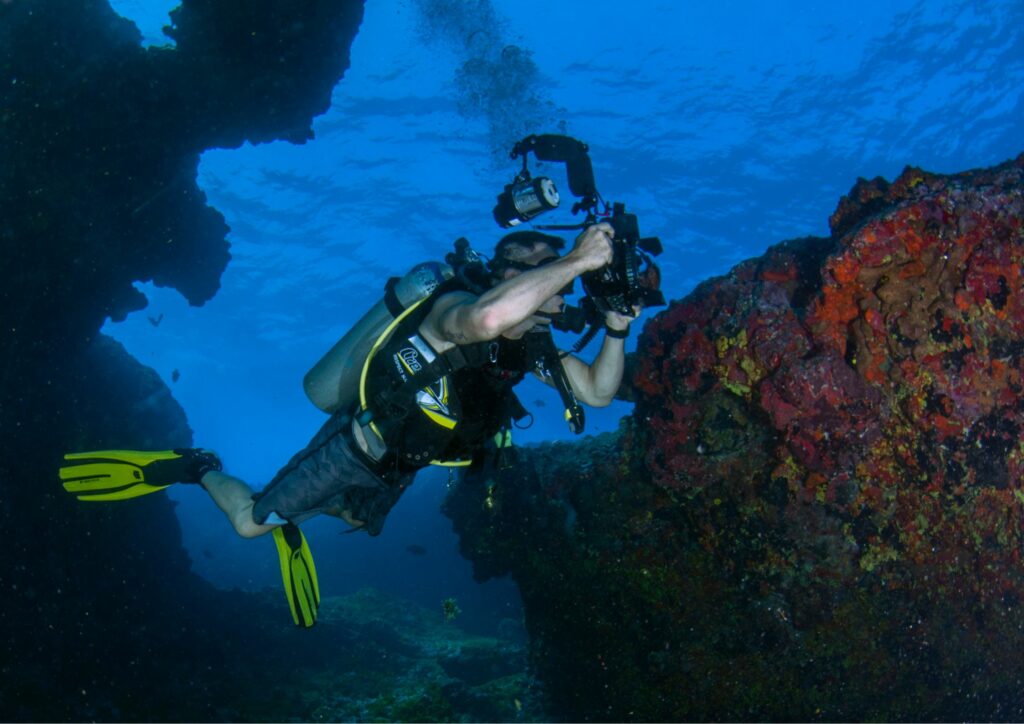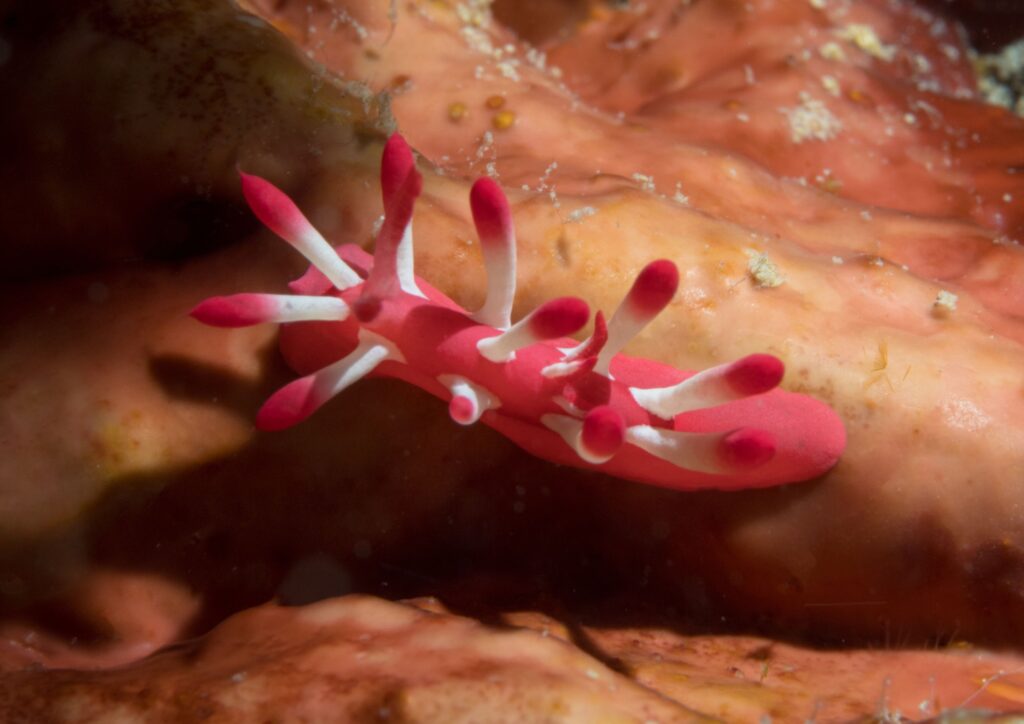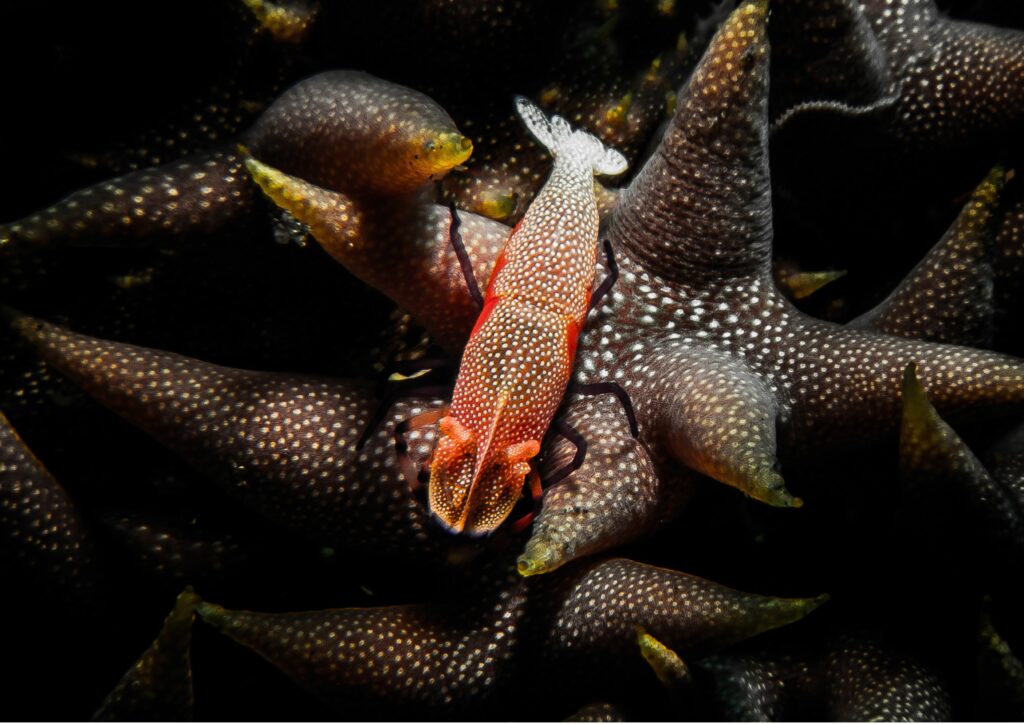Bali, with its vibrant underwater ecosystem and stunning marine life, presents an unparalleled opportunity for enthusiasts eager to embark on the journey of macro photography. This beginner’s guide will help you navigate the fascinating world of muck diving photography, where capturing critters like nudibranchs and other minute marine creatures becomes an art form. Understand key diving macro photography tips, from mastering buoyancy control to honing your composition skills, ensuring your underwater adventures in Bali will yield breathtaking images that reflect the beauty beneath the waves.
Understanding Muck Diving and Its Unique Appeal
Muck diving is a fascinating and rewarding branch of underwater photography, especially suitable for beginners in Bali. Unlike traditional coral reef diving, muck diving involves exploring sandy bottoms, wrecks, or other less glamorous environments teeming with marine life. This style of diving reveals a hidden world filled with colorful critters such as nudibranchs, shrimp, and various types of fish that often go unnoticed. The unique appeal of muck diving lies in the opportunity to capture stunning close-up photos, allowing photographers to practice their buoyancy control and composition skills. With its vibrant marine life and diverse opportunities for muck diving photography and macro photography, Bali offers the perfect backdrop for both novice and advanced photographers to hone their craft.
Essential Diving Photography Tips for Beginners
Diving macro photography, especially in a rich ecosystem like Bali, requires some foundational skills for beginners. First and foremost, mastering buoyancy control is crucial; it allows you to stabilize yourself while capturing incredible underwater critters. This control helps you avoid disturbing delicate marine life, allowing for more stunning shots of nudibranchs and other small creatures. Additionally, practice adjusting your camera settings ahead of time to adapt to different lighting conditions underwater. Bring macro lenses to get up close and personal with your subjects. Lastly, be patient while observing your environment, as the best macro photography often comes with waiting for the right moment to capture critters in their natural behaviors.

Gear You Need for Capturing Critters Underwater
To dive into the enchanting world of macro photography in Bali, having the right gear is essential to successfully capture critters like nudibranchs. Start with a good quality underwater camera that features a macro mode. Many DSLR and mirrorless cameras come equipped with this functionality, but ensure to invest in a dedicated macro lens for optimal results. Don’t forget a sturdy dive housing to protect your camera during muck diving sessions. Additionally, proper buoyancy control equipment, such as a buoyancy compensator or an inflatable vest, will help you hover steadily while framing shots. Finally, consider using external lighting like strobes to illuminate subjects, enhancing your underwater capture vividly.
Mastering Buoyancy Control for Better Shots
Mastering buoyancy control is essential for capturing stunning macro photographs while muck diving in Bali. Good buoyancy allows you to maneuver easily and position yourself close to delicate subjects like nudibranchs without causing disturbance to their natural behaviors. Practice controlling your bubbles and body position to minimize movement, ensuring a steady shot as one of the underwater macro photography skills. Additionally, using proper diving techniques will enable you to approach critters slowly, preventing any sudden movements that could scare them away. The clearer your focus remains on maintaining buoyancy, the better your chances of snapping that perfect image.
Spotting and Photographing Nudibranchs in Bali
Bali is a paradise for macro photography enthusiasts, especially when it comes to spotting and photographing nudibranchs. These vibrant, colorful sea slugs can be found on the sandy bottoms during muck diving sessions. To effectively capture these critters, you’ll need to maintain excellent buoyancy control to avoid disturbing the delicate marine environment. Use your camera settings wisely to highlight their stunning colors and intricate patterns. As you dive, approach slowly and patiently; nudibranchs can be shy and easily startled. Remember to focus on the details to showcase their beauty in your underwater images.
Techniques for Capturing Stunning Macro Images
To capture stunning macro images in Bali’s underwater world, mastering techniques such as buoyancy control is essential. Beginners should invest time in learning to hover effortlessly, ensuring minimal disturbance to marine life. A steady camera position allows for sharper images, especially when targeting elusive critters like nudibranchs. Utilizing natural light and shooting during the golden hour can add warmth and vibrancy to your underwater shots. Furthermore, using a macro lens will enable you to zoom in on tiny details that often go unnoticed.
Don’t forget about maintaining a good depth of field; this helps in isolating your subject from the background for a more striking image. As you embark on your muck diving photography journey, remember to practice patience and adapt to your surroundings. The more time you spend underwater, the more familiar you’ll become with your subjects and their behaviors. Each dive offers new opportunities to refine your skills and experiment with different angles, compositions, and lighting. Always be respectful of marine life, ensuring your photography does not disturb their habitat. This mindful approach not only enhances your experience but also contributes positively to preserving Bali’s rich underwater ecosystem.

Post-Processing Tips for Underwater Macro Photography
Post-processing is an essential step in enhancing your underwater macro photography. Utilize software like Adobe Lightroom or Photoshop to adjust exposure, contrast, and saturation to bring out the vibrant colors of critters like nudibranchs. Cropping can help focus attention on your subject, while sharpening can enhance details that may have been lost due to water distortion. Don’t forget to experiment with noise reduction if you shot at higher ISO settings during your muck diving adventures. Additionally, consider using color correction tools to compensate for the blue tones that can dominate underwater photos.
Common Mistakes to Avoid in Macro Diving Photography
When starting with macro diving photography in Bali, avoiding common mistakes can significantly improve your outcomes. One prevalent error is not practicing buoyancy control, which is crucial for steady shots while exploring marine life like nudibranchs. Beginners often struggle with movement and may inadvertently disturb the delicate ecosystems. Additionally, failing to pay attention to lighting conditions can wash out the vibrant colors typical of underwater critters. Ensure your settings are optimized for diving photography to capture the intricate details of your subjects. Remember to get close but not too close; overcrowding your critters can lead to less natural behavior and poor shots.

Embark on Your Macro Adventure in Bali
In conclusion, Bali’s underwater world offers an exhilarating playground for beginner photographers eager to delve into macro photography. By focusing on essential diving photography tips, such as mastering buoyancy control and learning to capture critters like the vibrant nudibranchs, you’ll unlock a new realm of artistic expression beneath the sea. Each Bali diving trip becomes not just a quest for aquatic treasures but also a wonderful opportunity to develop your skills while enjoying the beauty of Bali’s rich marine biodiversity.
As you embark on this macro photography journey, remember the importance of patience and practice. The art of capturing the intricate details of marine life takes time, but with perseverance and the right techniques, your underwater images will evoke breathtaking visual stories. So grab your camera, perfect your buoyancy, and dive into the mesmerizing world of muck diving photography—where every shot is a chance to create something remarkable.

I’ve always been fascinated by the underwater world of Bali. This post has given me a lot to think about when it comes to capturing critters like nudibranchs. Can’t wait to put these tips into practice!
Hi Evelyn, thank you for sharing your enthusiasm about macro photography in Bali! We’re thrilled to hear that our tips have inspired you to capture stunning underwater images. Remember to practice patience and adapt to the surroundings while diving, as it will help you refine your skills and get up close with nudibranchs. Don’t hesitate to reach out if you have any further questions or need guidance on post-processing techniques. We’re always here to support you! Contact us at +65 6734 9373 or [email protected] for more information. Looking forward to seeing your underwater photography journey!
I’m really impressed with the tips and tricks provided in this blog post. As a beginner, I found it very helpful to learn about mastering buoyancy control and composition skills for macro photography.
Dear Kavita, thank you for taking the time to read and comment on our blog post about macro photography in Bali! We’re thrilled to hear that you found the tips and tricks helpful. Mastering buoyancy control and composition skills are indeed crucial steps in capturing stunning underwater images. As a beginner, it’s essential to practice patience and persistence while developing your skills. Remember to always respect the marine life and their habitats during your muck diving photography adventures. If you have any more questions or need further guidance, please don’t hesitate to reach out to us at Gill Divers. We’re here to help! Tel: +65 6734 9373 | Email: [email protected]
As someone who’s new to diving, I found this post very informative and easy to follow. The section on post-processing was particularly helpful in enhancing my underwater photos.
Hi Rohan, thanks for sharing your thoughts! We’re thrilled to hear that our post was informative and easy to follow. Our team worked hard to make sure the information is accessible to beginners, so it’s great to know it resonated with you. The post-processing section can be a bit overwhelming at first, but with practice, you’ll get the hang of it! Keep exploring and experimenting with your underwater photos – we’d love to see what you come up with next time. And don’t forget to reach out if you have any more questions or need guidance.